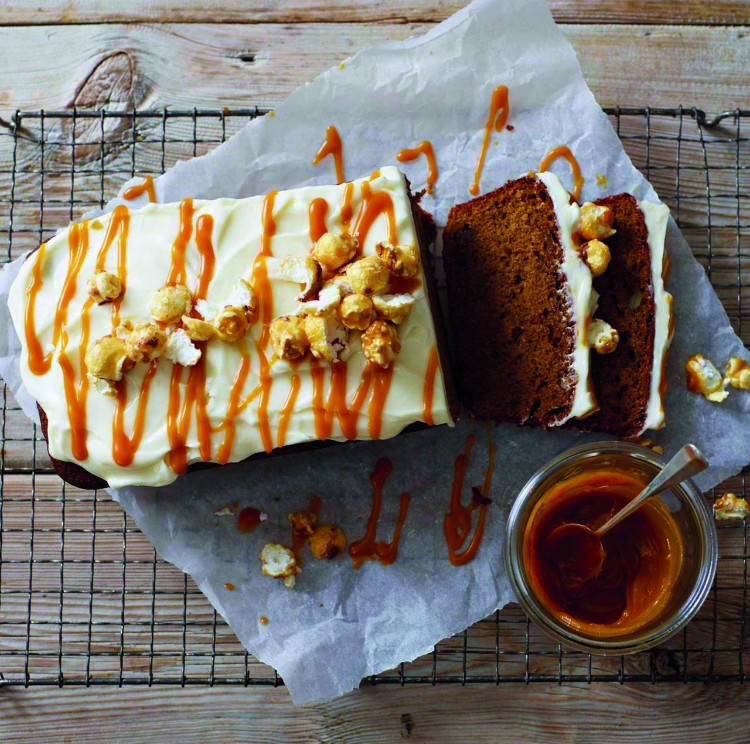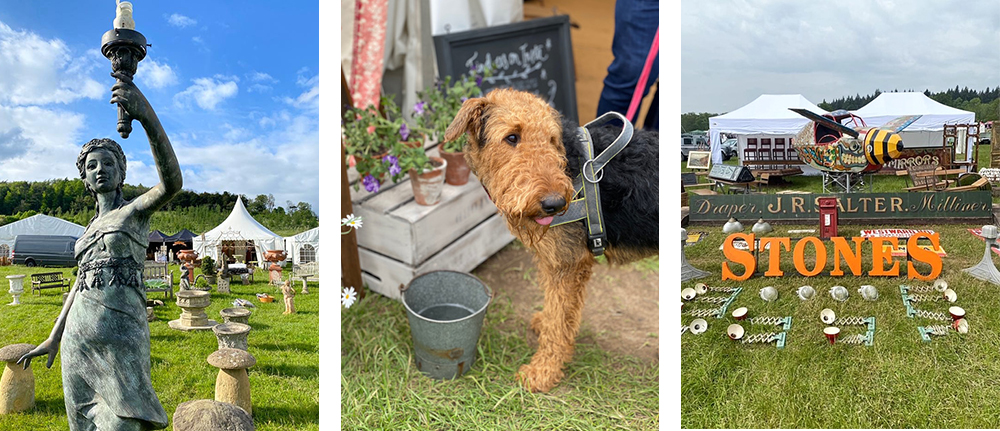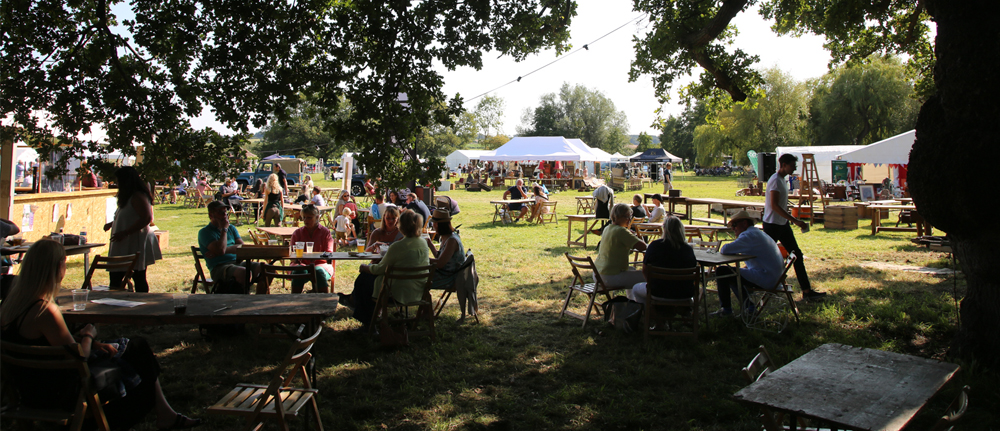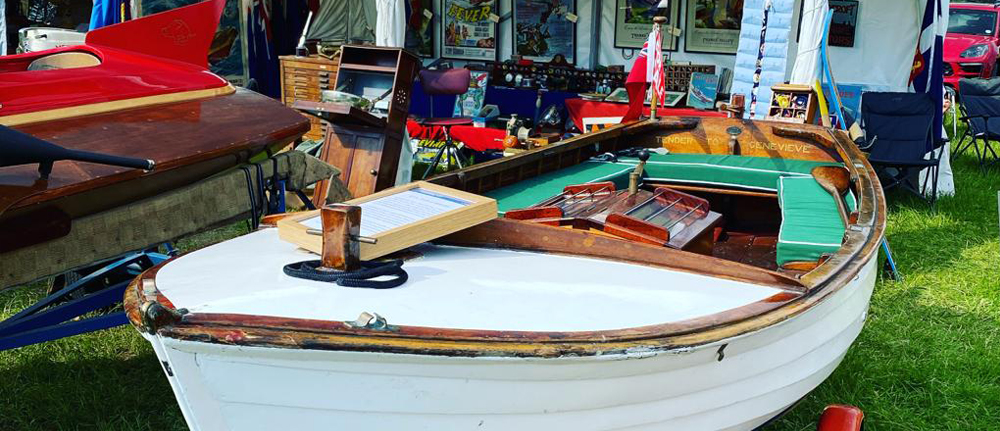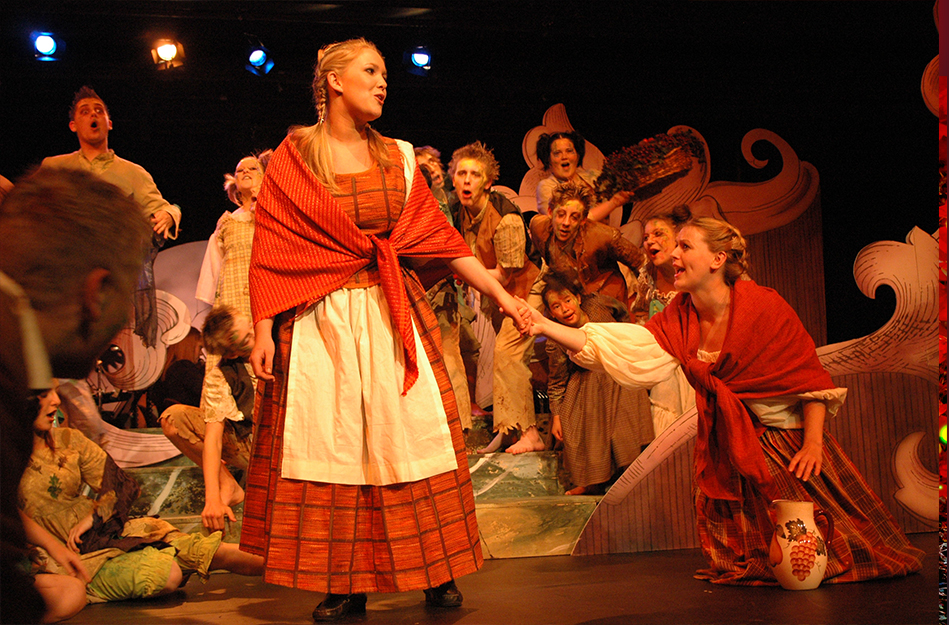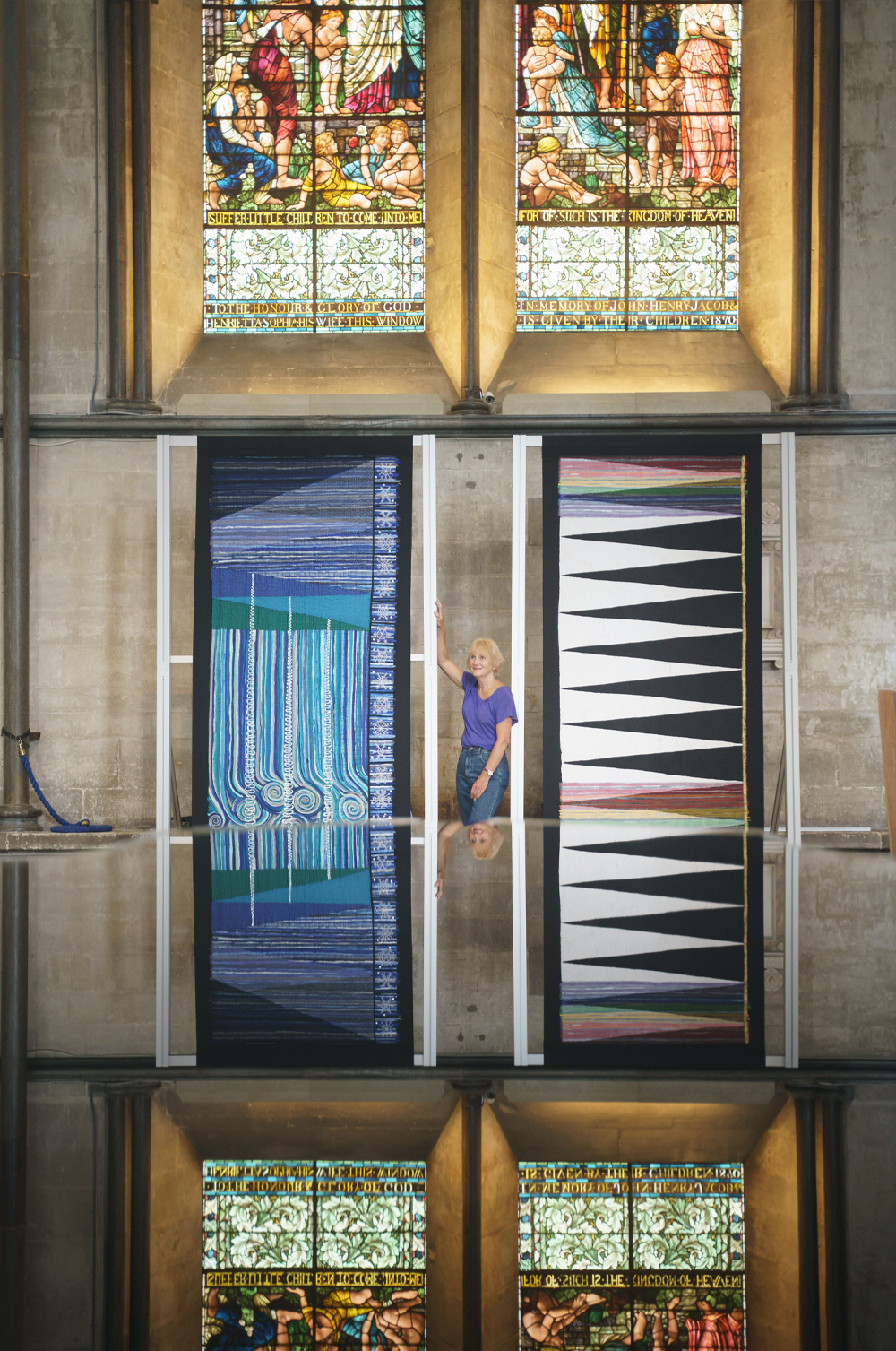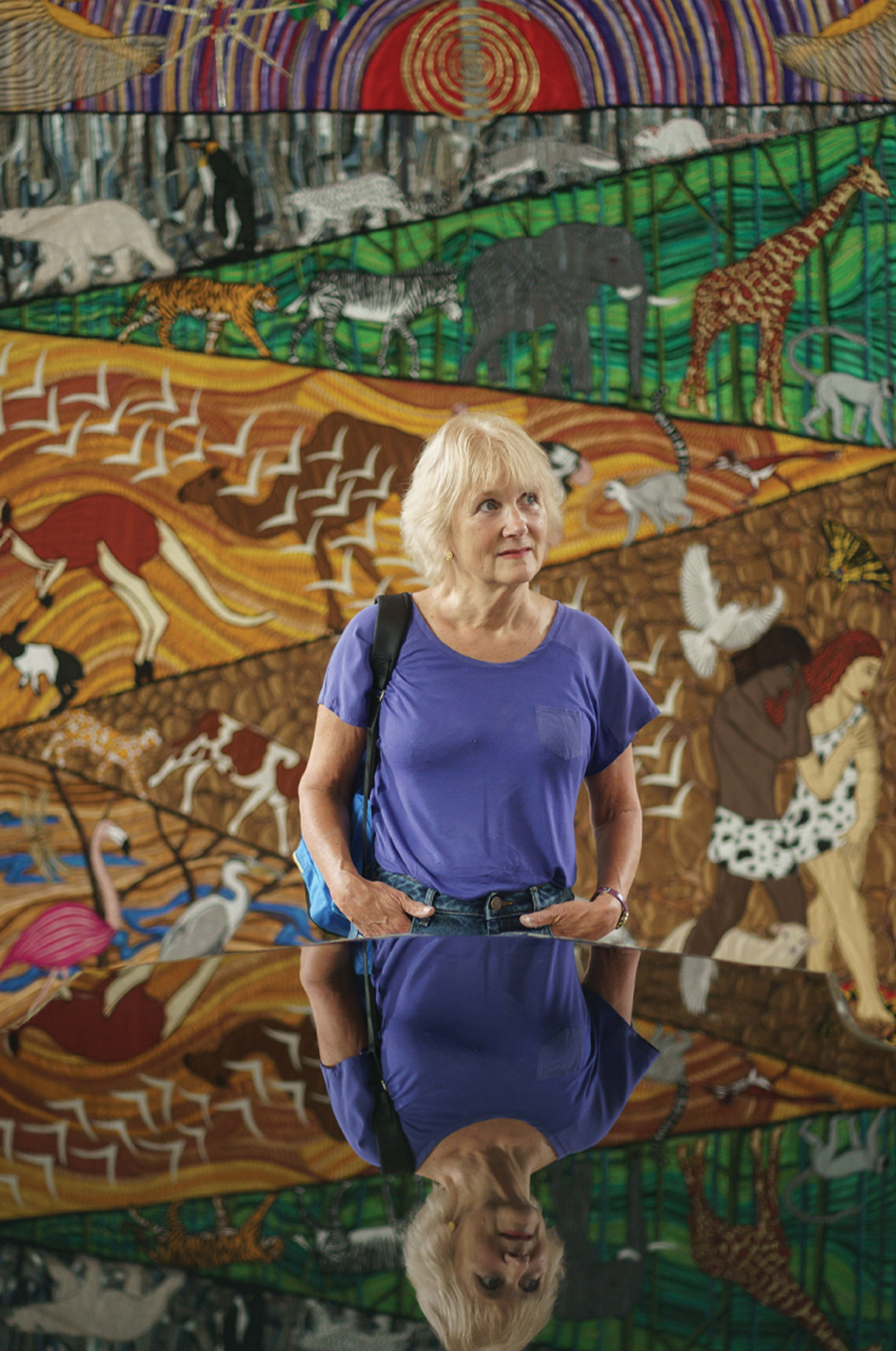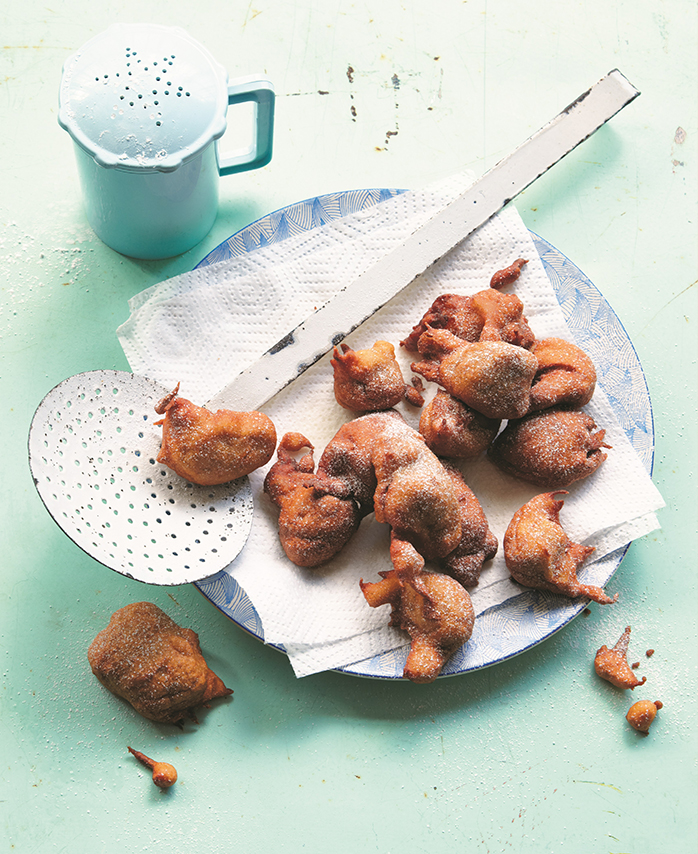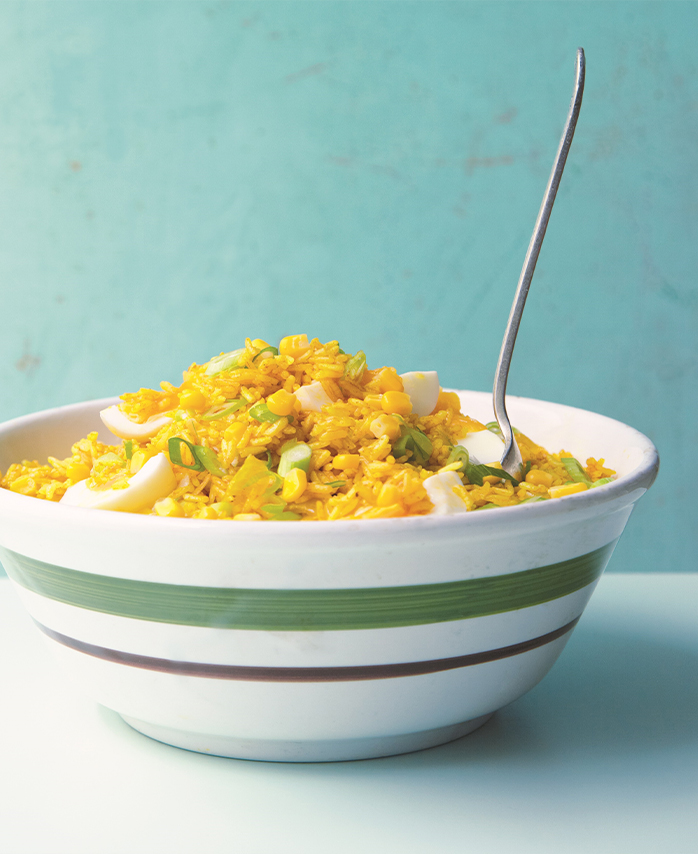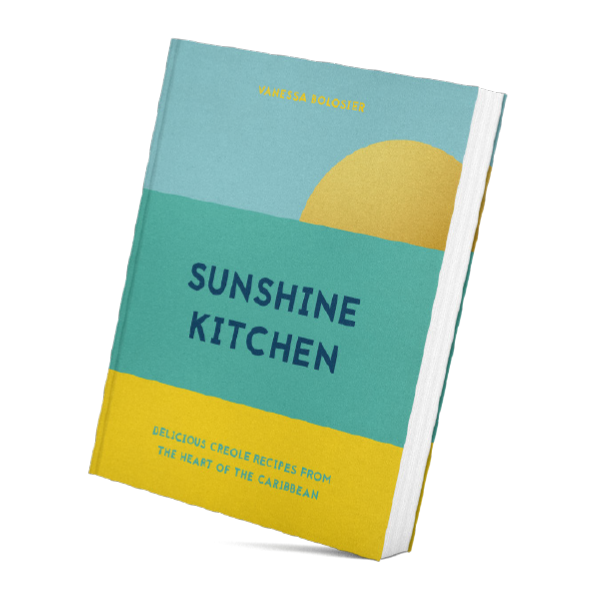Liz Nicholls talks about life, laughs & lockdown saviours with comedian & dad Ed Byrne, 49, ahead of his live shows in September, including Oxford, Newbury, High Wycombe, Farnham, Camberley & Dorking
Q. Hello! Which comedians did you like when you were young? “I always liked Dave Allen. My brother had a 12-inch album The Pick of Billy Connollly which I remember laughing at with my Ma & Da. And then repeating the jokes (that I didn’t really f***** get but were still funny), to other kids who also didn’t get it, in a bad Glaswegian accent.”
Q. Have you had to rewrite material for your new show If I’m Being Honest? “I’ve done a few outdoor & drive-in shows, so I’ve been able to tinker as I go, see what works and what doesn’t. Now I am making jokes about the fact that jokes in the show are a couple of years old which really changes the joke. It demonstrates that life has been in suspended animation for two years.”

Q. What were your lockdown saviours? “I had visions of having a nice break, then taking myself off to the Scottish Highlands when the kids went back to school…but no! I did manage to film a show interviewing celebrities while hill walking but people love to accuse you of breaking the rules. At home we did a lot of Dungeons & Dragons and Pokemon battles. We divided and conquered in this house, and I was banished to the garden. I dug a vegetable patch, made raised beds, I laid a patio… all in the first flush of lockdown, obviously, before my get up and go got up and went. I taught myself via YouTube. When it comes to practical stuff it’s better to watch someone who’s only slightly more qualified than you cackhandedly find their own way through it first.”
Q. Is it true you shook hands with David Bowie? “It was more than that! I was in Adelaide and was invited on to an evening TV chat show. It was live, and as I was doing my bit, Bowie and his band gathered opposite me next to the cameras and audience. Then he did his interview & he was easily as funny as I was. We had a chat and, despite the enormous disparity in our standing, he spoke to me like we were contemporaries, like equals, which was very sweet, if mad! The following day Steven K Amos did the same TV show and he got to meet… The Wiggles. So I won that one.”
Q. What’s your most memorable heckle? “To this day the most devastating heckle I ever had was in Sydney when woman just stood up and shouted [adopts drunken Aussie accent] BLAH! BLAH! BLAH! That really was all she was hearing.”
Q. You’re a humanist, right? “Yes. Humanists help people organise things differently. A lot of the big things in life; how we mark marriage, babies, death, used to be controlled by religion but now there’s choice. You can be altruistic and an atheist.”
Q. Any up-and-coming comedians worth a shout-out? “When work was scarce, I watched a lot of short videos. I do think it’s fitting that I’m made to feel old by the app TikTok, which sounds like someone pointing at their watch counting my career down. I have enjoyed Alistair Green, Tom Little and Naomi Cooper who are all very funny.”
Q. If you could make one wish for the world what would it be? “Wow; big question! That it be disease free. And if we can’t go for disease-free, can we just make the diseases we have slightly less contagious?”
For Ed’s show details & to book, visit edbyrne.com
Tell us your local news here








